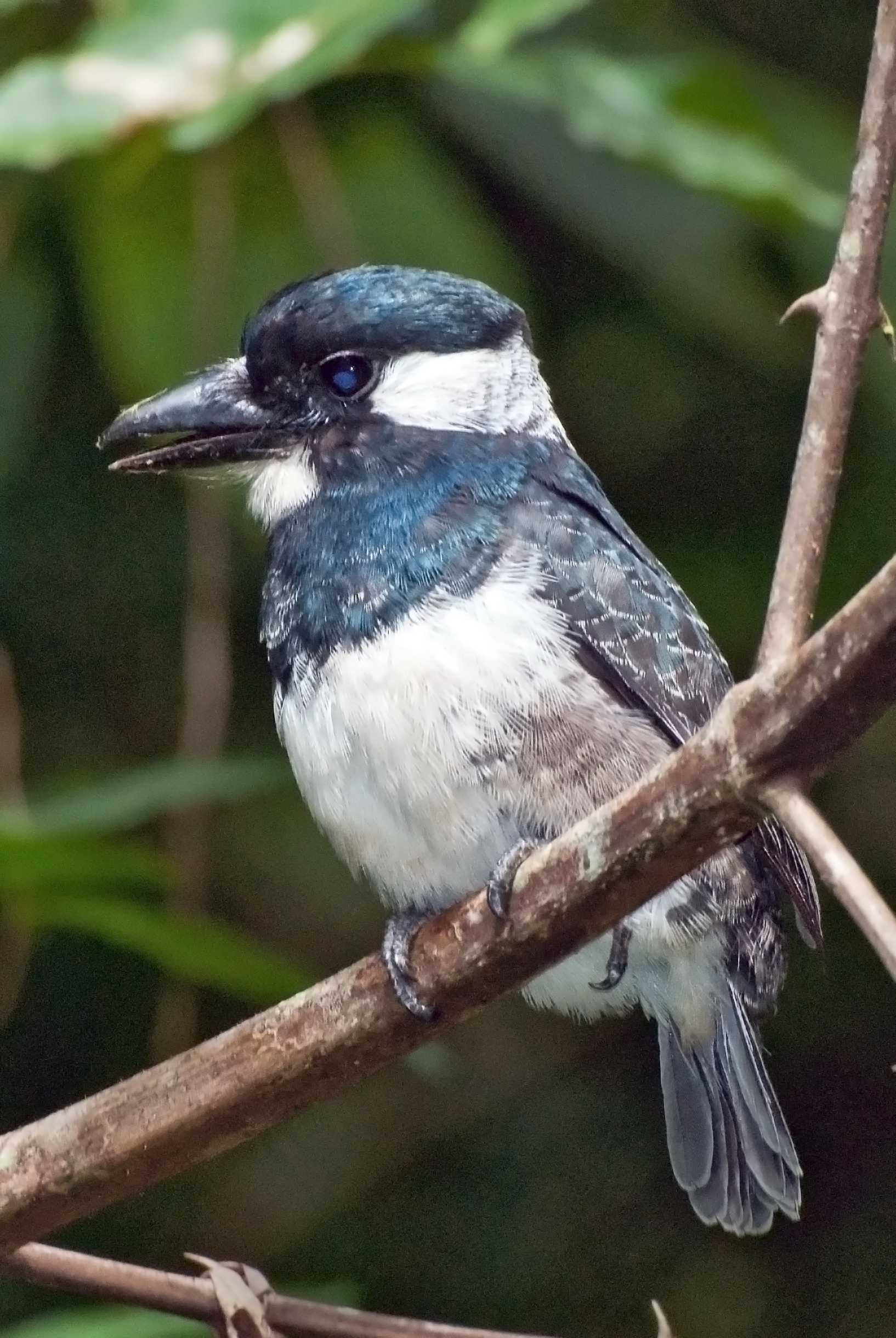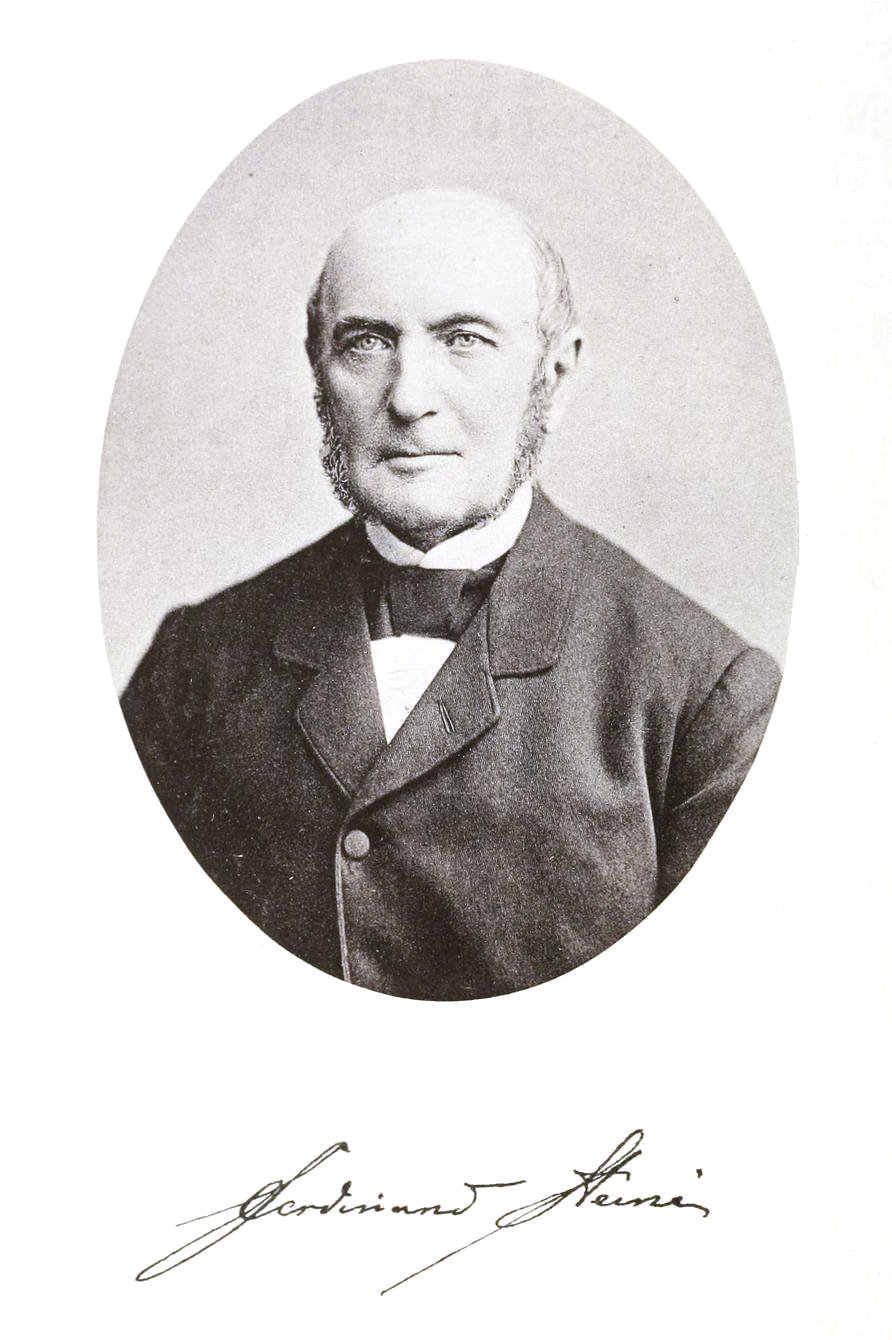|
Hypnelus
''Hypnelus'' is a genus of birds in the family Bucconidae. It contains 2 species of South America South America is a continent entirely in the Western Hemisphere and mostly in the Southern Hemisphere, with a relatively small portion in the Northern Hemisphere at the northern tip of the continent. It can also be described as the southe ...n puffbirds. Some taxonomic authorities consider both species to be conspecific, together taking the name russet-throated puffbird. Species References * ''Museum Heineanum'', p. 143 Bird genera {{Piciformes-stub ... [...More Info...] [...Related Items...] OR: [Wikipedia] [Google] [Baidu] |
Two-banded Puffbird
The two-banded puffbird (''Hypnelus bicinctus'') is a species of near-passerine bird in the family Bucconidae, the puffbirds, nunlets, and nunbirds. It is found in Colombia and Venezuela.Rasmussen, P. C., N. Collar, and G. M. Kirwan (2020). Russet-throated Puffbird (''Hypnelus ruficollis''), version 1.0. In Birds of the World (S. M. Billerman, B. K. Keeney, P. G. Rodewald, and T. S. Schulenberg, Editors). Cornell Lab of Ornithology, Ithaca, NY, USA. https://doi.org/10.2173/bow.rutpuf1.01 retrieved November 3, 2021 Taxonomy and systematics The taxonomy of the two-banded puffbird is unsettled. The International Ornithological Committee (IOC) and BirdLife International's ''Handbook of the Birds of the World'' (HBW) consider it a species. They assign two subspecies, the nominate ''H. b. bicinctus'' and ''H. b. stoicus''. However, the Clements taxonomy treats the two as subspecies of the russet-throated puffbird (''H. ruficollis''). The South American Classification Committee of t ... [...More Info...] [...Related Items...] OR: [Wikipedia] [Google] [Baidu] |
Russet-throated Puffbird
The russet-throated puffbird (''Hypnelus ruficollis'') is a species of near-passerine bird in the family Bucconidae, the puffbirds, nunlets, and nunbirds. It is found in Colombia and Venezuela. Taxonomy and systematics The taxonomy of the russet-throated puffbird is complicated. BirdLife International's ''Handbook of the Birds of the World'' (HBW) assigns three subspecies, the nominate ''H. r. ruficolis'', ''H. r. decolor'', and ''H. r. coloratus''. The International Ornithological Committee (IOC) adds ''H. r. striaticollis''. Like HBW, the Clements taxonomy does not recognize ''striaticollis''; both include it within ''decolor''. But Clements adds ''H. r. bicinctus'' and ''H. r. stoicus'', which the other two systems assign to the two-banded puffbird (''H. bicinctus''). The South American Classification Committee of the American Ornithological Society (SACC) recognizes that treating ''H. bicinctus'' as a species might be valid but has not received a formal proposal for the s ... [...More Info...] [...Related Items...] OR: [Wikipedia] [Google] [Baidu] |
Hypnelus Ruficollis - Russet-throated Puffbird
''Hypnelus'' is a genus of birds in the family Bucconidae. It contains 2 species of South America South America is a continent entirely in the Western Hemisphere and mostly in the Southern Hemisphere, with a relatively small portion in the Northern Hemisphere at the northern tip of the continent. It can also be described as the southe ...n puffbirds. Some taxonomic authorities consider both species to be conspecific, together taking the name russet-throated puffbird. Species References * ''Museum Heineanum'', p. 143 Bird genera {{Piciformes-stub ... [...More Info...] [...Related Items...] OR: [Wikipedia] [Google] [Baidu] |
Hypnelus
''Hypnelus'' is a genus of birds in the family Bucconidae. It contains 2 species of South America South America is a continent entirely in the Western Hemisphere and mostly in the Southern Hemisphere, with a relatively small portion in the Northern Hemisphere at the northern tip of the continent. It can also be described as the southe ...n puffbirds. Some taxonomic authorities consider both species to be conspecific, together taking the name russet-throated puffbird. Species References * ''Museum Heineanum'', p. 143 Bird genera {{Piciformes-stub ... [...More Info...] [...Related Items...] OR: [Wikipedia] [Google] [Baidu] |
Bucconidae
The puffbirds and their relatives in the near passerine family Bucconidae are tropical tree-dwelling insectivorous birds that are found from South America up to Mexico. Together with their closest relatives, the jacamars, they form a divergent lineage within the order Piciformes, though the two families are sometimes elevated to a separate order Galbuliformes. Lacking the iridescent colours of the jacamars, puffbirds are mainly brown, rufous or grey, with large heads, large eyes, and flattened bills with a hooked tip. Their loose, abundant plumage and short tails makes them look stout and puffy, giving rise to the English name of the family. The species range in size from the rufous-capped nunlet, at and , to the white-necked puffbird, at up to and . Taxonomy and naming Puffbirds get their common name from their fluffy plumage. In Spanish, they have been nicknamed ''bobo'' ("dummy") from their propensity to sit motionless waiting for prey. American naturalist Thomas Horsfield de ... [...More Info...] [...Related Items...] OR: [Wikipedia] [Google] [Baidu] |
Jean Cabanis
Jean Louis Cabanis (8 March 1816 – 20 February 1906) was a German ornithologist. Cabanis was born in Berlin to an old Huguenot family who had moved from France. Little is known of his early life. He studied at the University of Berlin from 1835 to 1839, and then travelled to North America, returning in 1841 with a large natural history collection. He was assistant and later director of the Natural History Museum of Berlin (which was at the time the Berlin University Museum), taking over from Martin Lichtenstein. He founded the ''Journal für Ornithologie'' in 1853, editing it for the next forty-one years, when he was succeeded by his son-in-law Anton Reichenow. He died in Friedrichshagen. A number of birds are named after him, including Cabanis's bunting ''Emberiza cabanisi'', Cabanis's spinetail ''Synallaxis cabanisi'', Azure-rumped tanager The azure-rumped tanager or Cabanis's tanager (''Poecilostreptus cabanisi'') is a species of bird in the family Thraupidae. It ... [...More Info...] [...Related Items...] OR: [Wikipedia] [Google] [Baidu] |
Ferdinand Heine
Jakob Gottlieb Ferdinand Heine (9 March 1809, in Halberstadt – 28 March 1894) was a German ornithologist and collector. Heine had one of the largest private collection of birds in the mid-19th century. The collection now housed at the Heineanum Halberstadt Museum in Halberstadt (27,000 specimens, 15,000 books).The Eponym Dictionary of Birds by Bo Beolens, Michael Watkins, Michael Grayson wrote about the collection i [...More Info...] [...Related Items...] OR: [Wikipedia] [Google] [Baidu] |
Bird
Birds are a group of warm-blooded vertebrates constituting the class Aves (), characterised by feathers, toothless beaked jaws, the laying of hard-shelled eggs, a high metabolic rate, a four-chambered heart, and a strong yet lightweight skeleton. Birds live worldwide and range in size from the bee hummingbird to the ostrich. There are about ten thousand living species, more than half of which are passerine, or "perching" birds. Birds have whose development varies according to species; the only known groups without wings are the extinct moa and elephant birds. Wings, which are modified forelimbs, gave birds the ability to fly, although further evolution has led to the loss of flight in some birds, including ratites, penguins, and diverse endemic island species. The digestive and respiratory systems of birds are also uniquely adapted for flight. Some bird species of aquatic environments, particularly seabirds and some waterbirds, have further evolved for swimming. B ... [...More Info...] [...Related Items...] OR: [Wikipedia] [Google] [Baidu] |
South America
South America is a continent entirely in the Western Hemisphere and mostly in the Southern Hemisphere, with a relatively small portion in the Northern Hemisphere at the northern tip of the continent. It can also be described as the southern subregion of a single continent called America. South America is bordered on the west by the Pacific Ocean and on the north and east by the Atlantic Ocean; North America and the Caribbean Sea lie to the northwest. The continent generally includes twelve sovereign states: Argentina, Bolivia, Brazil, Chile, Colombia, Ecuador, Guyana, Paraguay, Peru, Suriname, Uruguay, and Venezuela; two dependent territories: the Falkland Islands and South Georgia and the South Sandwich Islands; and one internal territory: French Guiana. In addition, the ABC islands of the Kingdom of the Netherlands, Ascension Island (dependency of Saint Helena, Ascension and Tristan da Cunha, a British Overseas Territory), Bouvet Island ( dependency of Norway), Pa ... [...More Info...] [...Related Items...] OR: [Wikipedia] [Google] [Baidu] |



.jpg)
